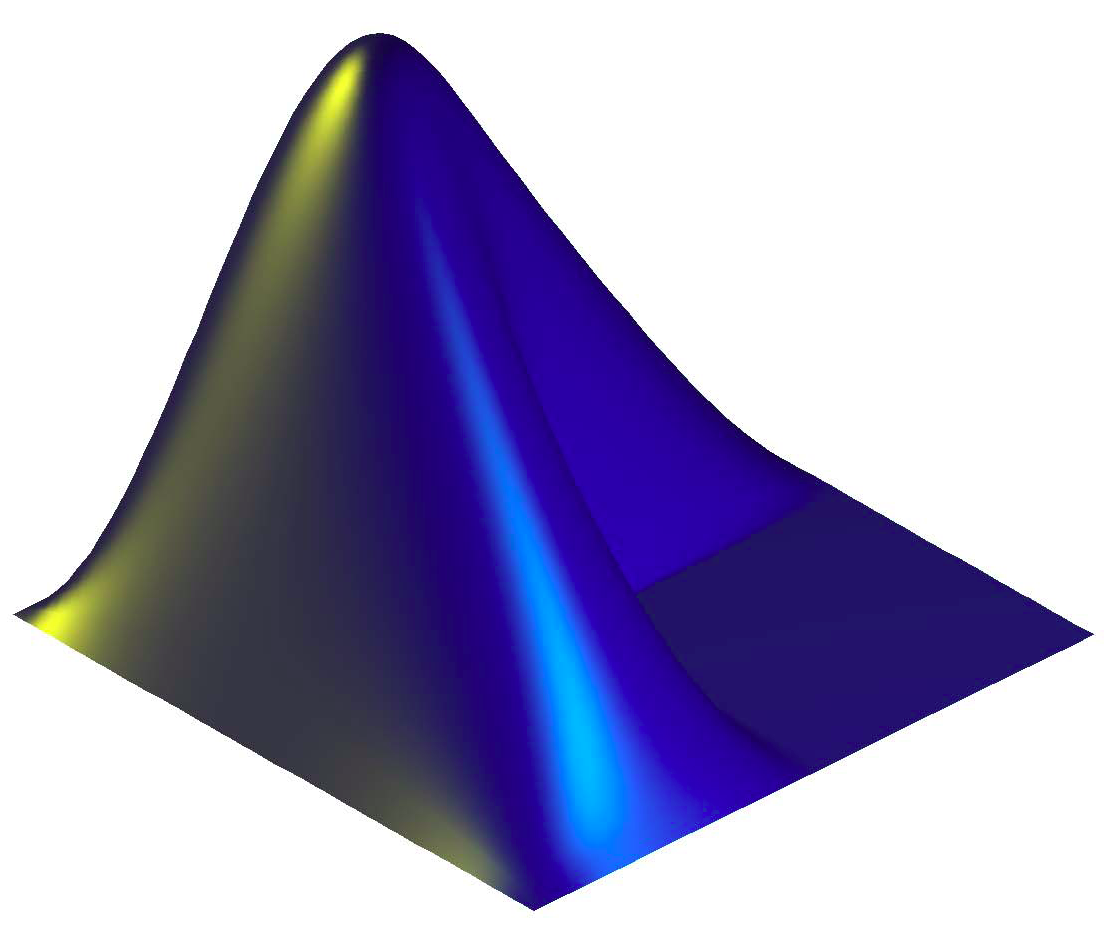-
Notifications
You must be signed in to change notification settings - Fork 10
PatMinr Developer Documentation
pat.analyze(sequence), where sequence is an array of numbers, detects patterns in the array considered as a string of numbers.
Let's have a closer look at pat.analyze code to understand how pattern mining is carried out.
Definition of the parametrical space. Here just one dimension.
ps = seq.paramstruct('mystruct',{'dimension'},1);
dimension = seq.paramtype('dimension');
ps = ps.setfield('dimension',dimension);
Creating the root of the pattern tree
root = pat.pattern([],[],[],ps);
Creating the "occurrence" of the root. All pattern occurrences will extend from that "root occurrence" occ0.
occ0 = root.occurrence([],[]);
Now we consider each successive symbol s from the input sequence.
The parametrical description of the new event
p = ps.type2val; % Defined from the parametrical space ps by associating a value to each parameter (here just one, the "dimension")
p = p.setfield('dimension',seq.paramval(ps.getfield('dimension'),s));
The event is then instantiated as a pat.event object
event = pat.event(currentSequence,p);
event.address = i;
Now the two core mechanisms for pattern analysis:
- First trying to extent any pattern occurrence ending at the previous event
previous.syntagm(event,root,1,options);
Calling pat.event.syntagm which itself calls pat.syntagm, which looks at all pattern occurrence ending at previous event, and tries to extend these occurrence by calling pat.occurrence.memorize.
- Then checking if the new event can be the start of a new pattern occurrence (i.e., by extending the "root occurrence"
occ0)
occ0.memorize(event,root,[],[],1);
And here also, it consists in calling pat.occurrence.memorize, where the occurrence to extend is the "root occurrence" occ0.
So we see that in any case it is about extending a pattern occurrence (either one ending at the previous note, or the root occurrence occ0). So to dig further, let's look at pat.occurrence.memorize:
There are two steps to consider in a specific order:
-
pattern recognition: checking if the new event extends the occurrence of P into an occurrence of a child of P. This is done by calling
pat.pattern.remember(cf. below) -
pattern discovery: discovering any new repetition leading to the creation of a new child of P. This is done by calling
pat.memostruct.learnwhich itself callspat.memory.combine(cf. below)
We look at each child C of P. If C's description corresponds to the new event N's description, we can create a new occurrence of C as an extension of O.
We look at any parametric dimension (in the simple example of a sequence of events simply made of number, there is only one dimension). We call for that dimension pat.memoparam.learn.
pat.memoparam.learn calls pat.memoparam.find to checks whether the parameter has been already stored into the memory table (corresponding to a previous occurrence continuing with the same parameter). If this is the case, it calls pat.pattern.link to check if a new closed pattern has been discovered or not (cf. below). In any case, the new event N is stored also in the memory table.
pat.pattern.link checks whether the new pattern candidate Q can be accepted or not. The most important test is the closure test (sub function closuretest, checking that there is no other already existing pattern occurrence ending at N (of a pattern R) where Q is a suffix of R and such that the number of occurrences of R is equal to the number of occurrences of Q. Because if that is the case, the pattern candidate Q is not closed and should be rejected.
Else if the test is successful, pat.pattern.link creates the new pattern Q and the occurrences of Q. And also calls pat.memoparam.learn in order to add all continuations of previous occurrences of Q into the memory table. This will enable to discover children of Q.
